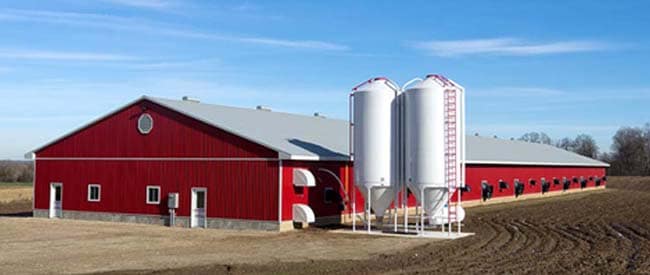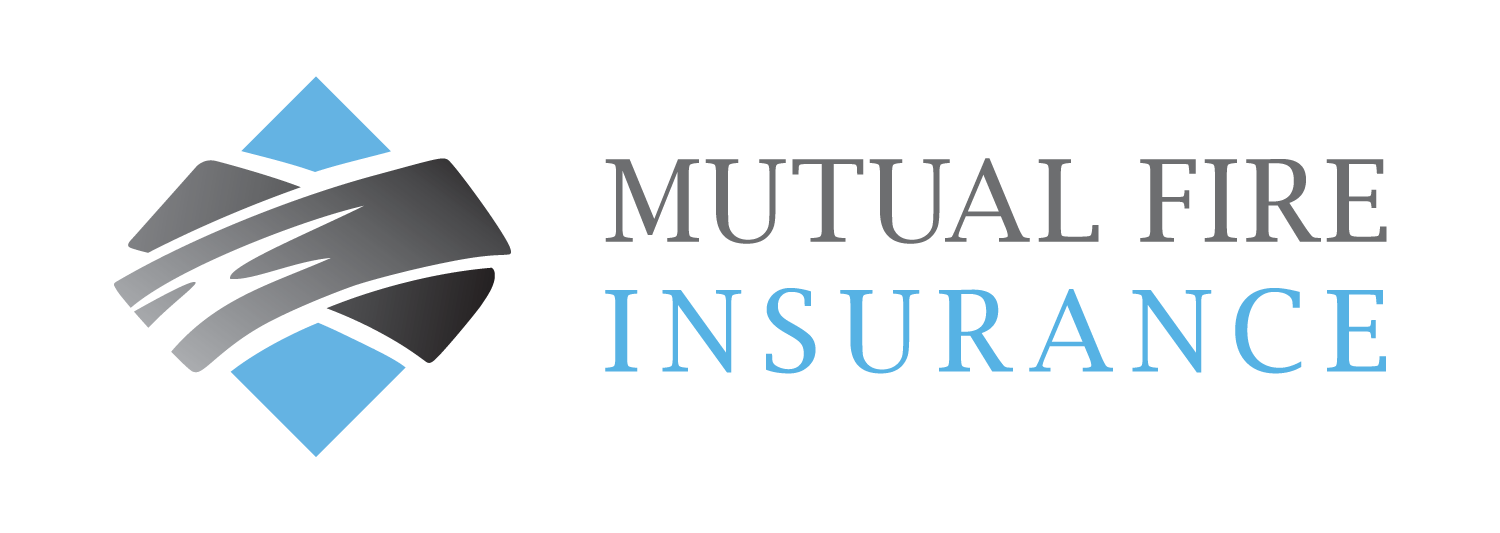Risk Management on the Farm: Poultry

Risk management on the farm helps protect everyone. This five-part series introduces various safety challenges on different types of farms, check out Part 2: Dairy; Part 3: Ranch; Part 4: Grain; and Part 5: Fruit and Berry.
Poultry are sensitive livestock and practicing poultry risk management could help farmers lessen the potential for loss on the property and even improve yields.
Poultry Barns
Most Canadian poultry farmers – both broilers and layers – will house birds in a large barn complex. With an entire flock housed in one barn, the building is a key component of farming poultry. It’s important for you to know how the barn was constructed, with what materials, and in what year. This helps to build the best poultry risk management plan for your needs and provides a possible timeline for barn upgrades.
For example, a barn constructed in British Columbia in 1989 was built to the standards at the time. Today, the structure could be retrofitted to improve the electrical system, install a computer system, and/or install new fans.
Some common tips to minimize risk to your poultry barn:
- Clean out cobwebs, the webs collect debris and dust and can catch fire when blown into a light fixture
- Regularly check the computer systems and electrical systems maintaining temperature, humidity, and light
- Consider a thermographic inspection to seek high risk points on equipment and in electrical systems
- Install a back-up generator to power the barn in case of an electrical outage, phasing event, or other emergency
- Grade land away from barns
Biosecurity
Poultry, like chicken and turkey, are prone to disease and pathogens in the air which makes biosecurity necessary for the safety of the flock. Using best practices for poultry risk management will protect your flock and flocks in your area by preventing any spread of disease.
- Create a sign-in/sign-out procedure for anyone entering the barn
- Ensure bio-security guidelines are adhered to for non-staff entry to barns when there is livestock
- Have barn-only attire, including clothing and shoes. Consider allowing for a dressing room within the barn
- Practice good hand washing techniques all day
- Set up traps for pests like birds, flies, and rats to prevent exposure to pathogens
Deliveries and Pickups
A flock of birds consumes thousands of pounds of feed and it has to come from somewhere.
Layers produce hundreds of eggs over the course of a single week and someone must pick them up.
Birds at the beginning of the growing period will need to be dropped off and collected at the end of the cycle by processors.
Vehicle and visitor access are common in poultry farming so it is key to account for vehicle traffic in a good poultry risk management plan.
- Pave wide driveways with easy U-turn points, consider the largest delivery truck to service your farm
- Protect buildings and bins from vehicle impact with a barrier like bollards or fencing
- Ensure connecting to feed bins is easy for operators to avoid spills and accidental impact
- Make a plan for snow removal in the winter to reduce ice and push snow away from buildings
Technology
If your computer systems and network are connected to the internet, you have cyber risk exposure. Any malicious code that shuts down the operating system of a poultry barn could cause a loss of the entire flock. Consider these simple tips:
- Update computer system and software on time
- Ensure your network is password protected
- Change passwords regularly with complex passphrases
- Learn the signs of social engineering emails to avoid phishing, malware, and ransomware attacks
If you have any questions about your farm insurance policy and how it may protect you in the event of a loss, please reach out to your insurance broker.

